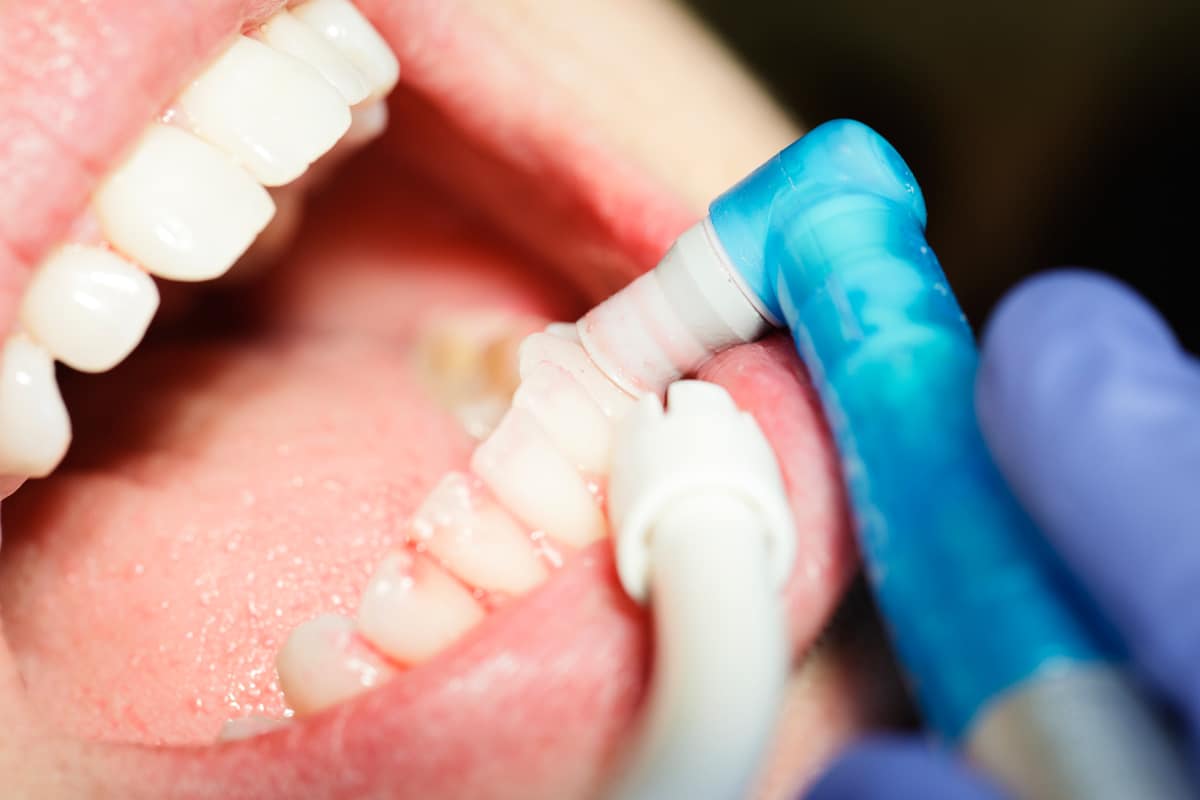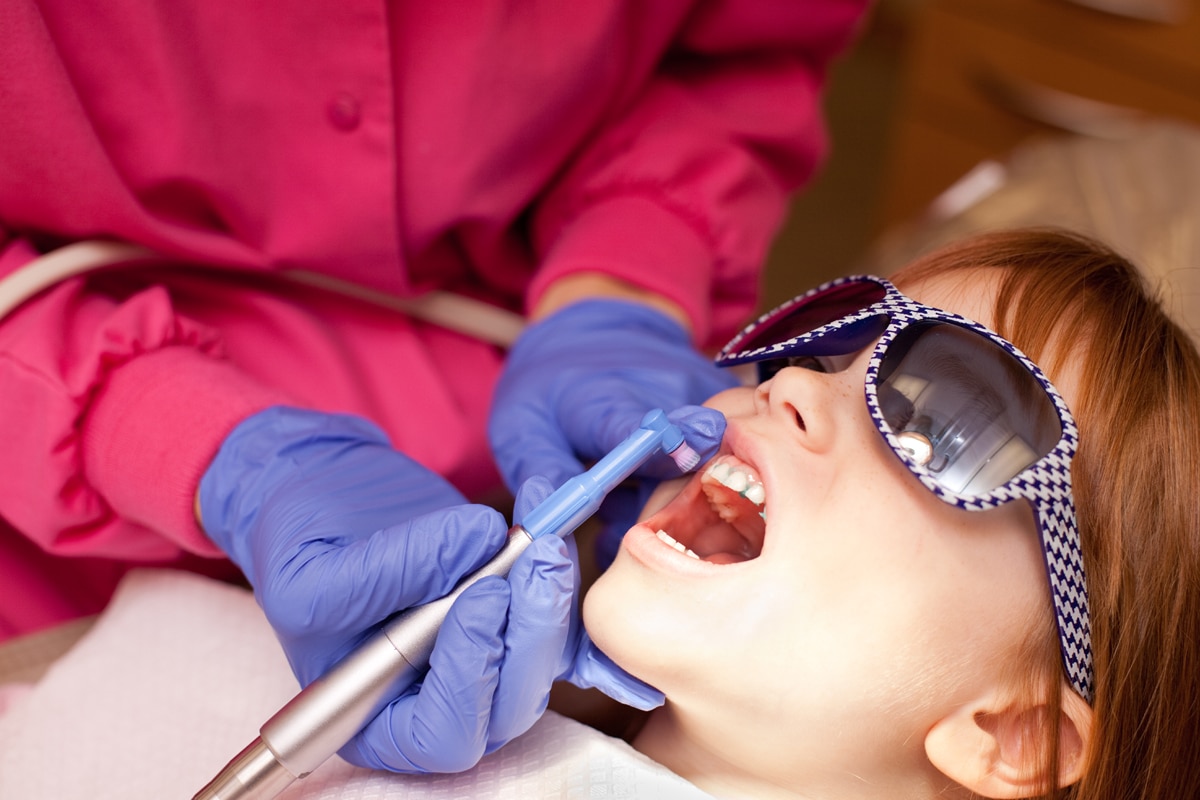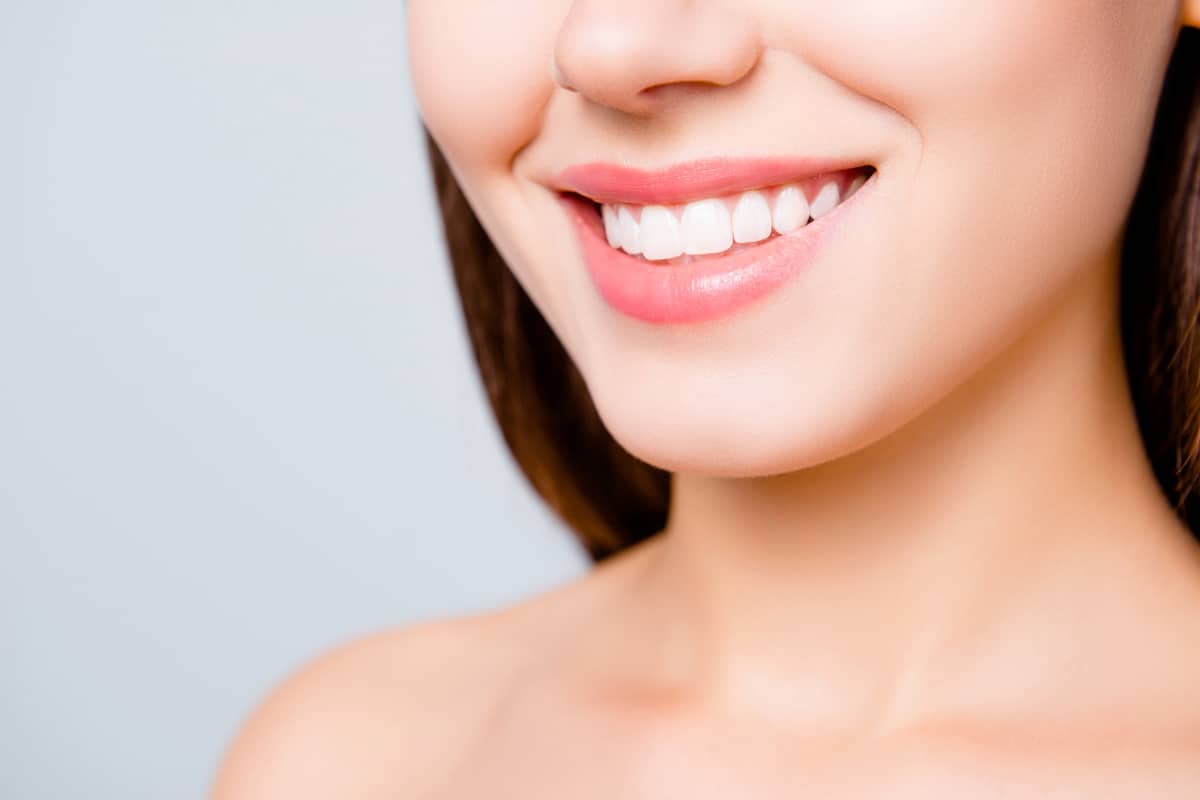Effects of Polishing on Restorations
With the multitude of restorative options available, dental hygienists need to be knowledgeable about the qualities of each restorative material in order to help guide patients on these decisions. Dental technology has improved the quality of tooth-colored restorations. How well versed are you in the effects of polishing on restorations?








